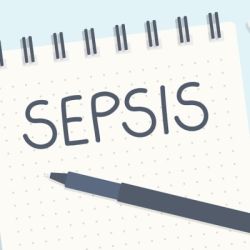Sepsis is a frequently encountered condition that leads to severe illness and is associated with significant morbidity and mortality. It is commonly accompanied by acute kidney injury (AKI), known as sepsis-associated acute kidney injury (SA-AKI). The relationship between sepsis and AKI has been investigated in prior studies. However, the absence of a consistent and standardised definition has hindered the interpretation of existing research findings.
The Acute Disease Quality Initiative (ADQI) Workgroup recently released a consensus definition for SA-AKI by integrating Sepsis-3 and Kidney Disease Improving Global Outcomes (KDIGO) AKI criteria.
SA-AKI affects approximately 1 in 6 ICU patients and is typically diagnosed on the first day of ICU admission. It poses a substantial risk of morbidity and mortality. This study focuses on providing an overview of the epidemiology of SA-AKI. It was conducted in 12 ICUs from 2015 to 2021. The study aimed to investigate various aspects of SA-AKI using the newly defined criteria by ADQI and examines the incidence, patient characteristics, the timing of SA-AKI development, the trajectory of the condition, treatment approaches, and associated outcomes.
Out of 84,528 admissions, 13,451 patients met the criteria for SA-AKI. The incidence of SA-AKI peaked at 18% in the year 2021. Most SA-AKI patients were admitted to the ICU from their homes through the ED. The median time from ICU admission to SA-AKI diagnosis was 1 day, with an interquartile range (IQR) of 1-1 day.
At the time of diagnosis, 54% of SA-AKI patients had stage 1 acute kidney injury due to low urinary output (UO). Comparing different diagnostic criteria, patients diagnosed based on UO alone had lower requirements for renal replacement therapy (RRT) compared to those diagnosed by creatinine alone or by both UO and creatinine criteria. This trend was consistent across all stages of AKI. The hospital mortality rate for SA-AKI patients was 18%, and SA-AKI was independently associated with an increased mortality risk.
However, most SA-AKI cases are classified as stage 1. They are primarily attributed to UO, which carries a significantly lower risk than diagnosis based on other criteria.
Source: Intensive Care Medicine
Image Credit: iStock


















